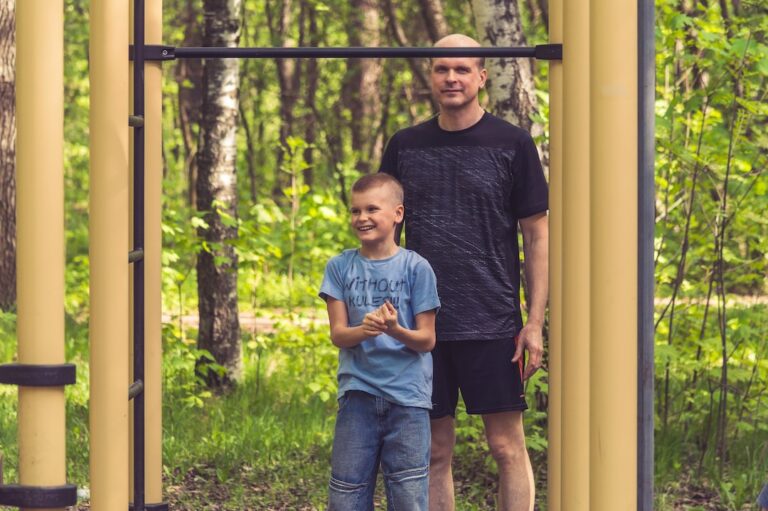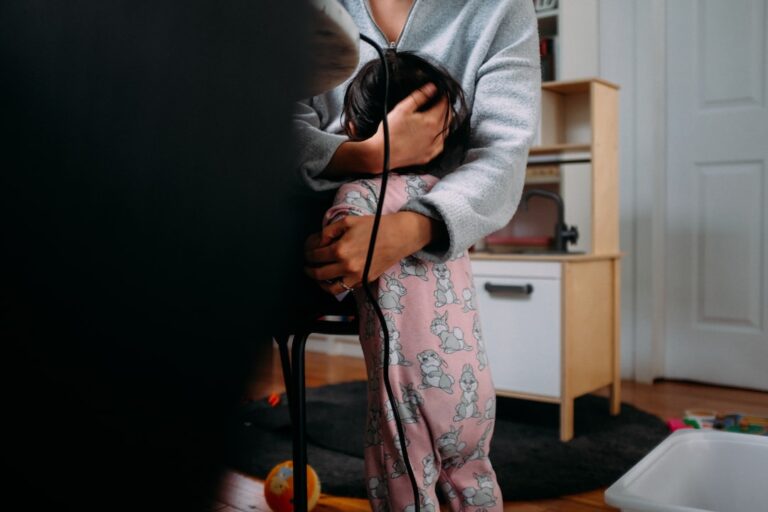Understanding the Internal Working Model of Attachment: A Guide for Parents
As a mother, one of my greatest joys is watching my child grow and develop. Every milestone, every smile, and every giggle brings immense happiness to my heart. But along with the joy, there is also a sense of responsibility to ensure that my child receives the love and support needed to form healthy attachments. In the field of psychology, the concept of the Internal Working Model of Attachment plays a crucial role in understanding how our early relationships shape our future interactions. In this article, we will dive deep into this fascinating topic and explore how parents can foster secure attachments with their children.
What is the Internal Working Model of Attachment?
The Internal Working Model of Attachment, also known as the IWM, is a psychological framework that helps us understand how our early experiences with caregivers shape our beliefs, expectations, and behaviors in future relationships.
According to the theory developed by psychologist John Bowlby, our first attachments to our primary caregivers, usually our parents, serve as a blueprint for how we perceive and interact with others throughout our lives. This model is formed during the first few years of life and influences our thoughts, emotions, and behaviors in relationships, both as children and as adults.
Types of Attachments
Research has identified four primary types of attachments that individuals can develop based on their early experiences. These attachment styles include:
- Secure Attachment: Children with secure attachments feel safe, supported, and loved by their caregivers. They trust that their needs will be met and are confident in seeking comfort and support when needed.
- Avoidant Attachment: Children with avoidant attachments may have caregivers who are consistently unavailable or unresponsive to their needs. As a result, they learn to suppress their emotions and become self-reliant, avoiding seeking comfort or support from others.
- Ambivalent/Resistant Attachment: Children with ambivalent/resistant attachments often have caregivers who are inconsistent in meeting their needs. They may become anxious and clingy, seeking constant reassurance and attention from others.
- Disorganized Attachment: Children with disorganized attachments often have caregivers who are abusive or neglectful. They may display contradictory behaviors, such as approaching the caregiver for comfort while also showing fear or avoidance.
The Impact of the Internal Working Model of Attachment
Our internal working models of attachment have a profound impact on various aspects of our lives. They influence our emotional regulation, ability to form and maintain healthy relationships, and even our mental health outcomes.
Children who develop secure attachments are more likely to exhibit resilience, have better social skills, and experience lower levels of anxiety and depression later in life. On the other hand, individuals with insecure attachments may struggle with trust, intimacy, and emotional regulation.
Fostering Secure Attachments as a Parent
As parents, we play a crucial role in shaping our child’s internal working model of attachment. Here are some practical tips to help foster secure attachments:
- Responsive and Attuned Parenting: Respond promptly and sensitively to your child’s needs. Be present and attuned to their emotions, providing comfort and support when needed.
- Provide a Safe and Predictable Environment: Create a nurturing and consistent environment where your child feels safe and secure. Establish routines and rituals that provide a sense of stability.
- Show Unconditional Love and Acceptance: Let your child know that they are loved and accepted for who they are, regardless of their achievements or behaviors. Celebrate their strengths and support them through their challenges.
- Encourage Autonomy and Independence: Foster your child’s independence by allowing them age-appropriate freedoms and responsibilities. Encourage them to explore the world while providing a safety net of support.
- Model Healthy Relationships: Be a positive role model for your child by demonstrating healthy communication, empathy, and respect in your relationships. Show them how to navigate conflicts and resolve issues constructively.
Frequently Asked Questions
- How early should I start cultivating a secure attachment with my child?
It is never too early to start building a secure attachment with your child. Infants are capable of forming attachments from birth, and nurturing a loving and responsive relationship from the very beginning can have lasting positive effects.
- What if my child already has an insecure attachment?
It is never too late to work towards fostering a secure attachment with your child. Seek support from professionals such as therapists or counselors who can guide you through the process of strengthening your bond and creating a secure base for your child.
- Can a secure attachment be formed with a non-biological parent?
Absolutely! The quality of the attachment is not determined solely by biological relationships. Non-biological parents can also foster secure attachments through consistent, loving, and responsive caregiving.
Attachment Anxiety: 19 Signs, Causes & How to Heal – A Comprehensive Guide
Internalizing Behavior in Children: Understanding, Examples, and Support
7 Types Of Emotionally Abusive Parents and Their Devastating Impact on Children
Understanding Token Economy Psychology: A Guide for Promoting Positive Behavior in Children
Why Emotion Dismissing Parenting Is Harming Your Child’s Emotional Well-being
Toddler Self-Soothing Techniques: 7 Tips to Help Your Child Calm Down and Thrive
Top 10 Science-Based Parenting Books: Evidence-Based Strategies for Raising Happy and Successful Children
Preparing Your Child for Preschool: A Science-Based Guide to a Smooth Transition
Manipulative Parents: Signs, Effects, and How to Protect Your Child’s Well-Being
Understanding Stimulus Discrimination: Fostering a Healthy Understanding in Children
The Power of Emotional Validation: Nurture Your Child’s Well-being and Strengthen Your Parent-Child Bond
Self-Reflection for Parents: Unlocking Personal Growth and Transforming Parenting
Understanding the Power of Secure Attachments: A Guide for Parents
Rebuilding Trust with Runaway Teenagers: Expert Advice for Restoring Relationships
Dealing with Angry Parents: Effective Strategies and Tips
Understanding the Internal Working Model of Attachment is essential for parents who want to provide their children with a strong foundation for healthy relationships and emotional well-being. By cultivating secure attachments, we can empower our children to thrive and navigate the world with confidence and resilience.
















